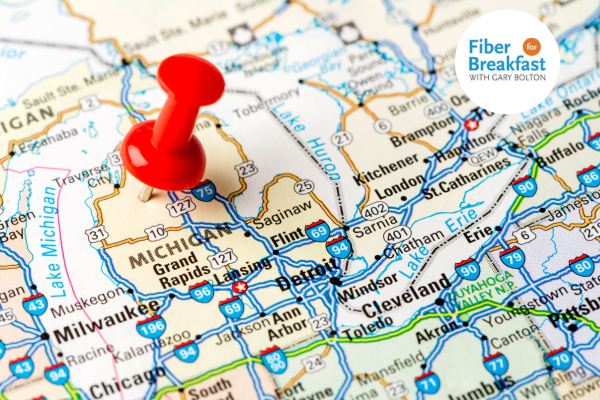Everyone Building Fiber Over Next Five Years
RVA has been conducting research and market analysis of fiber deployments and consumer attitudes toward broadband for over 20 years, assessing the growth of fiber and its acceptance compared to all available alternatives. Over the last five years, a total of 32 million homes have access to at least one source of fiber, with RVA estimating 56 million homes will be passed by 2027.
“The material constraints seem to be generally being taken care of,” stated Render. “People are stepping to the plate building many new plants, multiple plants for duct for fiber cable, for fiber itself, for the enclosures, everything. If you look at the raw numbers, what people said they [plan to build] is about 76 million. We’re being a little bit conservative and assuming there will be no catastrophes in the economy, those kinds of things. There can be minor dips over time, but we’re very bullish on the next five years.”
Render sees expansive growth across all areas building fiber networks. Tier 1 providers are building fiber to replace legacy plant while Tier 2 and 3 providers moved into fiber because copper was insufficient for a triple-play offering. Cable providers are delving into fiber because they’re starting to lose customers in FTTH-served areas while municipalities and electric cooperatives have been brought into the fiber world as an economic necessity by their constituents.
To learn more about RVA’s research, who is building fiber, and why, tune in to the latest Fiber for Breakfast podcast.





